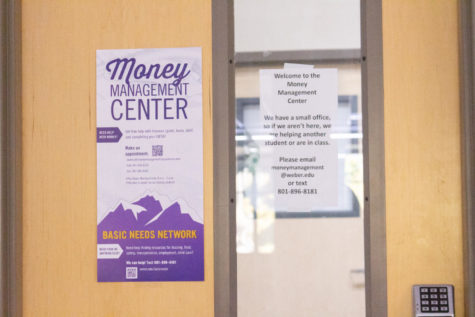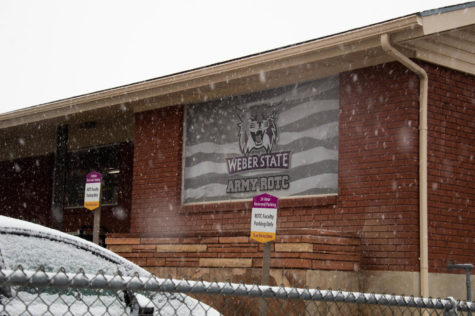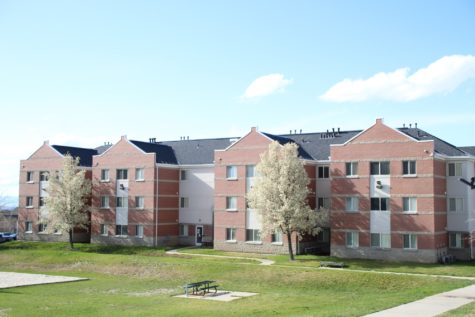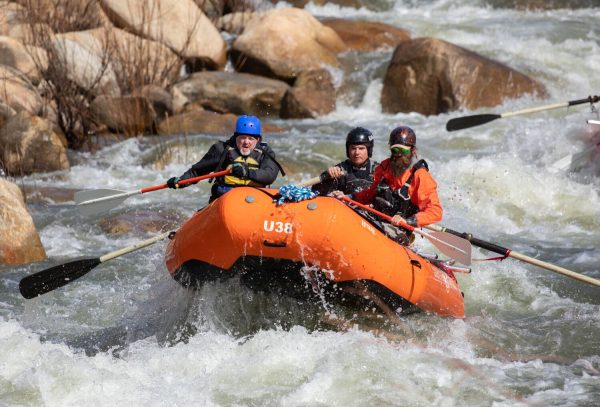Utah’s teenage suicide rate increases
EDITOR’S NOTE:
If you or someone you know is experiencing harmful thoughts, please seek help. Help is available at 1-800-273-8255, 801-587-3000 or https://988lifeline.org.
Utah’s teenage suicide rate continues to increase, and it may have something to do with the high elevation.
According to 2021 data released by the United Health Foundation, Utah is now ranked sixth in the nation when it comes to suicide. With a rate of 26.4 per 100,000 teens compared to the U.S. rate of 13.9 per 100,000 teens, Utah’s suicide rate almost doubles that of the nation’s.
“In 1999, 12 teens committed suicide. By 2019, that number more than tripled to 42,” The University of Utah Health reported. Suicide is now the No. 1 cause of death in Utah for children ages 10-17.
Tanya Pusey, a licensed clinical social worker, said teenagers don’t yet know what emotions are and don’t know what resources to turn to when they struggle.
“I really think that the biggest stress is the reality of life and the reality of issues without the ability to cognitively process stuff,” Pusey said. “They think in very black and white terms.”
Montana, Idaho, Wyoming, Colorado, Nevada, Arizona and Utah are all part of what has been dubbed the “Suicide Belt,” living in these mountainous regions put teenagers at a higher risk for mental illness, especially those residing in Utah.
There is a theory behind this phenomenon that the high elevation is to blame. At high levels of altitude, there is less oxygen in the atmosphere which means there is less oxygen getting to the brain, this is called hypoxia.
During hypoxia, the brain has a harder time making the chemical serotonin. Serotonin is the brain chemical that helps to increase happiness by alleviating feelings of anxiety and depression. Because of this, the brain is more susceptible to mental illnesses at higher levels of altitude.
Teenagers live difficult lives. Between school, friends, family, extracurriculars and their futures, there are a lot of stressors in a teen’s life.
Oftentimes, there are high expectations placed on a teenager to excel in all aspects of their life which only adds to the pressure. During this time, teens don’t know how to handle their stress and don’t know who they can turn to for help.
Registered nurse Jana Fawson said teens feel like they can’t talk to their parents.
“They don’t feel safe. They think they are going to be judged or told to go away,” says Fawson.
Seven years ago, Utah mom Heidi Swapp lost her teenage son to suicide. As a young teenager, Cory Swapp suffered with what his family would later learn was a traumatic brain injury.
After this incident, Cory was not like himself. The usual fun teenage boy had suddenly vanished and was now short-tempered and struggling in school.
Swapp learned her son was suffering from severe anxiety and depression, and they decided to try medication. Things started to look up and Swapp felt like they were heading in the right direction.
On July 9, 2015, Swapp took her son to an appointment with a counselor. After the session, she felt like it was successful and that they were making progress.
Unfortunately, when 16-year-old Cory arrived home from the counseling session that day, he decided to take his life. Swapp received a call from her son in extreme distress. Not knowing how to comfort him, Swapp called 911.
Police arrived in time to see Cory through the window and heard a gunshot. After making immediate entry and trying life saving measures, Cory was transported to the hospital where he passed the next day.
“I was stunned,” Swapp said. “Complete shock. Suicide was never on my radar.”
Since the death of her son, Swapp has started a podcast with Cory’s counselor, David Kozlowski, called “Light the Fight” where they teach parents how to support teens that are struggling.
Although suicide is still a very serious problem, there are steps being taken to help prevent it. Exposure therapy is a psychological technique used to help treat those who suffer from anxiety disorders.
Clinical supervisor Dallace Hansen explains that patients who struggle are slowly introduced or exposed to their fear. This helps people face their anxieties and hopefully get over them.
High schools are also starting to implement new ways to help teens who are struggling. Herriman High School principal Todd Quarnberg said the school is now requiring students to take a class that teaches them how to handle the stress and pressure of academics and how to maintain their emotions.
Quarnberg also talked about how he and his team have learned to better communicate with their students. He said that every week the administration gets together to discuss which students might need extra help.
“Our teachers are a lot more aware and checking in on kids,” Quarnberg said.
Utah high schools are starting to look at ways they can be more equipped in order to help curb the suicide epidemic among teenagers.


















